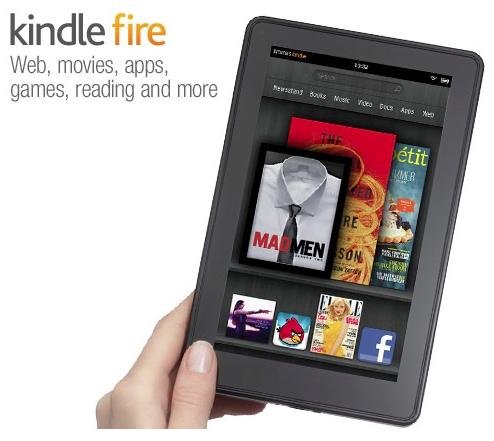1 of 3 | Credit: Amazon
With the admission this week by Amazon's Jeff Bezos that the company doesn't make any money on its new Kindle Fire tablets and Paperwhite e-readers, people could be excused for asking, "Is this any way to run a business?
Or more bluntly, "Is Amazon crazy?"
Crazy like a fox, perhaps.
Amazon is simply following a classic business model sometimes dubbed the "razor-and-blades" strategy.
Put simply, it means selling something at cost, or even giving it away, to increase sales of a complementary and often required product.
The concept is often credited to safety razor innovator King Camp Gillette, who is supposed to have said: "Give 'em the razor; sell 'em the blades."
While a tablet computer is a lot more expensive than a razor, the concept still applies; Amazon by design has chosen not to make any profit on tablet or e-reader sales but expects to make massive profits by selling the "razor blades" -- the millions of books, videos, songs and computer apps it hopes consumers will buy online from the company.
"Basically, we sell the hardware at our cost, so it's break-even on hardware," Bezos told the BBC.
"We want to make money when people use our devices, not when they buy our devices," he said. "The continuing relationship with the customer is where we hope to make money over time."
Amazon is willing to sell tablets and e-readers without immediate profit to lock buyers into the Amazon "ecosystem" of downloadable book titles, movies, songs and apps.
So a Kindle or Paperwhite owner may have gotten a good price on the device, paying no more than what is cost Amazon to build it, but as soon as the user decides to download a current bestselling book to read in e-book format-- average price $14.99 -- that's immediate profit going into Amazon's pocket (minus what it pays the publisher, of course).
The latest Rihanna album as an MP3 download? $7.99 for Amazon. Season 1 of Downton Abbey? $9.99. Angry Birds in Space HD Kindle Tablet Edition? $2.99, please.
So why doesn't Amazon choose to make a profit on both the tablets and e-readers, then further profit on content?
One reason: the Apple iPad.
The iPad dominates the tablet market, so Amazon must look for a way to attract consumers to its products and has chosen the simplest and most traditional strategy -- a lower price.
Apple reportedly makes a profit of around 40 percent on every iPad it sells, but to do so must sell at a considerably higher price than a comparable Kindle Fire tablet.
By choosing to sell its tablets at cost, Amazon hopes to give consumers an attractive choice: $369 for a Kindle Fire versus $499 for an iPad.
Then come the razor blades.















